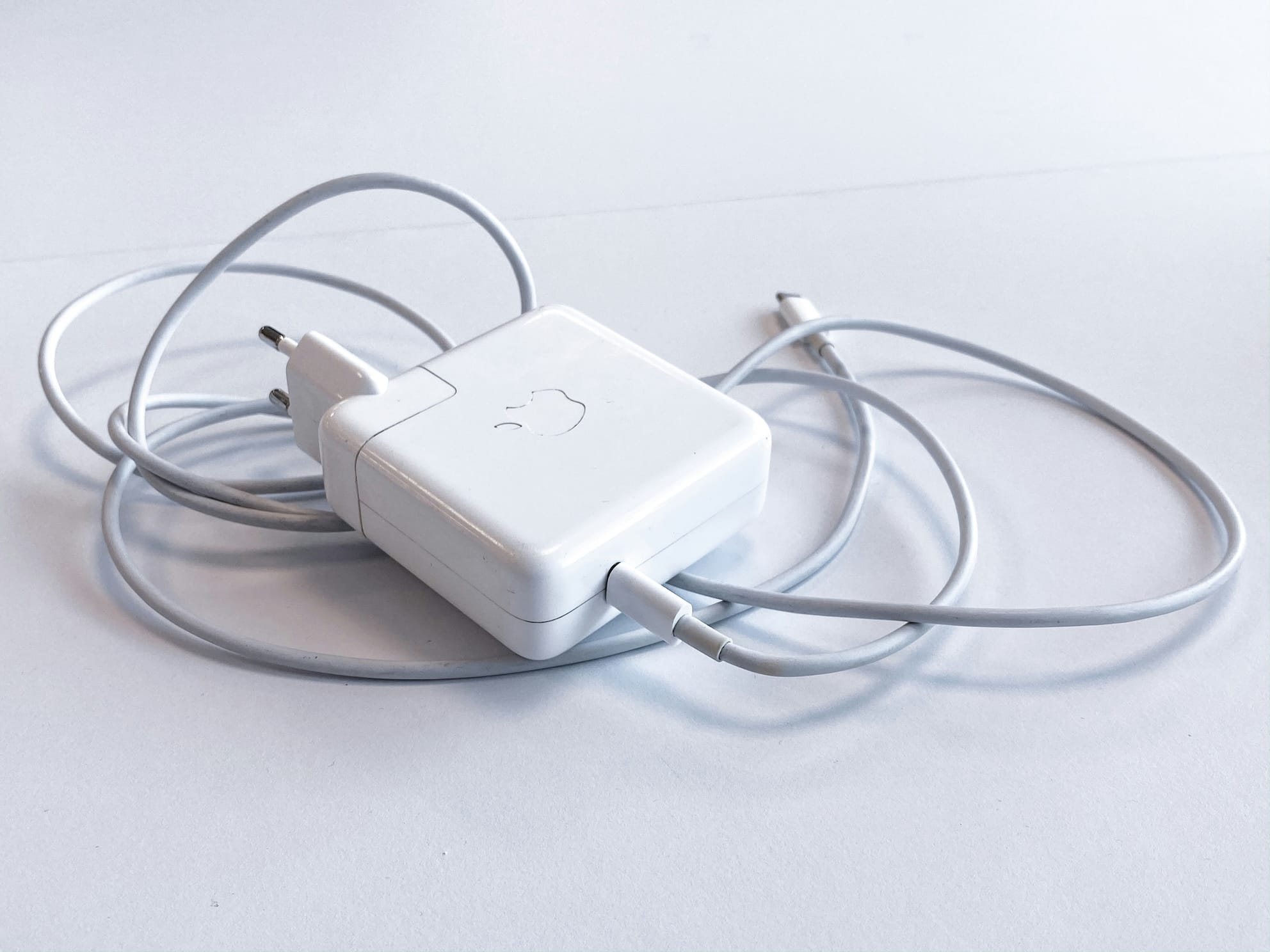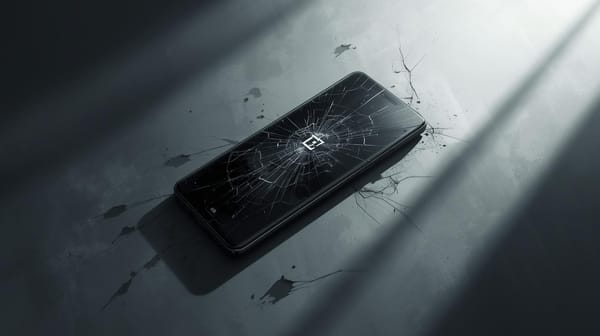Laptop Batteries & Power Efficiency: What You Need to Know
Watt-hour (Wh) capacity is a key metric that determines a laptop’s runtime, but power efficiency influenced by processor technology, display type, and software optimisation plays an equally important role.

A laptop's battery is one of its most crucial components, determining how long the device can function without being plugged in. With advancements in battery technology, modern laptops feature improved energy efficiency, allowing users to work, browse, and stream for extended periods.
One of the key factors in assessing laptop battery life is watt-hour (Wh) capacity—a measure that helps estimate runtime based on power consumption. This article explains how laptop batteries work, how to choose a laptop with sufficient battery life, what types of laptops last longer, and airline regulations on battery wattage.
Understanding The Watt-Hour (Wh) Capacity
Laptop batteries are rated by watt-hours (Wh), which represents the total energy a battery can store. The formula to calculate watt-hours is:
Watt-Hours(Wh)=Volts(V)×Amp-Hours(Ah)
For example, a 15V battery with a capacity of 4Ah would have 60Wh (15 × 4). A higher Wh value generally translates to longer battery life, depending on the laptop's power consumption.
Common Laptop Battery Capacities:
- Small Ultrabooks & Thin Laptops: 40Wh – 60Wh
- Gaming Laptops & Workstations: 70Wh – 99Wh
- High-End Business & Premium Laptops: 50Wh – 90Wh
- MacBooks & Apple Laptops: 49.9Wh – 100Wh
Laptops with larger Wh capacity tend to last longer, but efficient battery management is equally important.
How to Choose a Laptop with Sufficient Battery Life
When selecting a laptop, battery capacity is essential. However, several key factors determine how long a laptop lasts on a single charge:
1. Battery Capacity (Wh Rating)
- Higher Wh = Longer battery life, assuming efficient power usage.
- Check laptop specifications for battery size, often listed as Wh or mAh (milliamp hours).
2. Processor Power Efficiency
- Intel’s Evo-certified laptops and AMD Ryzen U-series chips optimize battery life.
- Apple M-series chips (M1, M2, M3) offer exceptional efficiency, outperforming traditional x86 processors.
3. Display Type and Resolution
- OLED & 4K screens consume more power than FHD (1080p) panels.
- A lower-resolution matte display saves battery compared to high-brightness glossy screens.
4. Battery Optimization Features
- Power-saving modes help extend battery life.
- Some laptops disable discrete GPUs when not gaming to conserve energy.
5. Operating System Efficiency
- macOS and Linux are generally more power-efficient than Windows, due to better background task management.
- Windows laptops with battery optimization settings can significantly improve battery life.
Power Efficiency in Laptop Batteries
Power efficiency plays a crucial role in determining how long a laptop lasts on a single charge. A laptop's battery life isn't just about its watt-hour capacity—it's equally affected by how efficiently the hardware and software consume power.
Factors That Influence Power Efficiency
- Processor Efficiency
- ARM-based chips (Apple M-series, Snapdragon, and Qualcomm-powered laptops) provide exceptional power efficiency by reducing unnecessary background tasks.
- AMD Ryzen U-series and Intel Evo-certified processors optimise battery life with lower power draw.
- Display Technology
- OLED and high-brightness screens consume more power than standard LCD panels.
- Lower refresh rates (60Hz vs. 120Hz or 144Hz) save battery.
- Software & OS Optimization
- macOS and Linux manage background tasks better than Windows, leading to longer-lasting battery life.
- Efficient power-saving modes in Windows and macOS extend usability.
- Battery Management Features
- Smart power regulation, like dynamic GPU switching, prevents unnecessary battery drain.
- Low-power RAM (LPDDR5) reduces voltage usage compared to traditional DDR5 RAM.
- Usage Habits
- Reducing screen brightness, disabling Wi-Fi when not needed, and closing background apps extend battery life significantly.
Laptops with the Best Battery Life
Certain laptops are designed for extended battery life. Here are some top-performing models known for long-lasting runtime:
1. Apple MacBook Air M4 :
- Battery Capacity: ~52.6Wh
- Runtime: Up to 18+ hours
- Efficiency: Apple’s M4 chip consumes significantly less power while offering high performance.
2. LG Gram 17 :
- Battery Capacity: ~80Wh
- Runtime: Up to 15–17 hours
- Efficiency: Large battery, lightweight frame, and optimized Intel processor deliver long usage times.
3. Dell XPS 13 Plus :
- Battery Capacity: ~55Wh
- Runtime: Up to 14–16 hours
- Efficiency: Thin chassis but well-optimized battery life for productivity work.
4. Lenovo ThinkPad X1 Carbon Gen 11:
- Battery Capacity: ~57Wh
- Runtime: Up to 14–16 hours
- Efficiency: ThinkPads have excellent power management, making them reliable for professionals.
5. Asus ZenBook 14 OLED:
- Battery Capacity: ~75Wh
- Runtime: Up to 12–14 hours
- Efficiency: OLED display with battery-saving adjustments makes it great for travelers.
These laptops balance power efficiency, battery size, and display technology to maximize longevity.

Laptop Battery Regulations: Maximum Wattage Allowed on Airplanes
Airlines impose strict regulations on battery wattage due to safety concerns. Lithium-ion batteries, commonly found in laptops, are subject to specific rules when traveling by air.
1. Maximum Battery Wattage Allowed
According to FAA and airline guidelines, passengers can carry lithium-ion batteries up to 100Wh in their laptops without special permission. This applies to most commercial laptops, tablets, and portable devices.
2. Batteries Over 100Wh
- Batteries exceeding 100Wh require airline approval and must be stored in carry-on luggage.
- Extra battery packs must comply with the airline’s lithium battery policy.
- High-capacity battery packs (e.g., gaming laptop batteries above 100Wh) may be restricted or require specific travel procedures.
3. Spare Batteries & Power Banks
- Spare laptop batteries must NOT exceed 100Wh without approval.
- Power banks must comply with lithium battery limits (most portable chargers are within safe limits).
Passengers should always check airline rules before traveling to avoid confiscation or safety risks.
Conclusion
Laptop battery life is critical for portability, affecting productivity, travel convenience, and gaming sessions. Watt-hour (Wh) capacity is a key metric that determines a laptop’s runtime, but power efficiency—influenced by processor technology, display type, and software optimization—plays an equally important role. To get longer battery life, users should opt for laptops with high-efficiency processors (Apple M-series, Intel Evo, or AMD Ryzen U-series), optimized displays, and power-saving features. Devices like the MacBook Air M4, LG Gram, and Lenovo ThinkPad X1 Carbon excel in battery longevity. For air travel, FAA regulations allow up to 100Wh batteries without special approval, ensuring that most laptops comply with airline restrictions.
Ultimately, selecting a laptop with balanced battery capacity and efficiency ensures seamless performance, whether for work, gaming, or travel.




